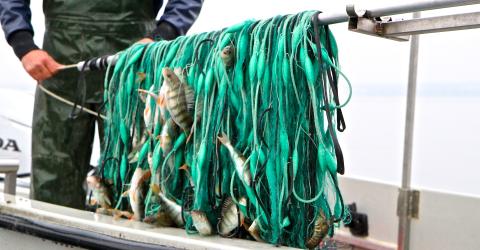
The wise use of wetlands
At the centre of the Convention on Wetlands philosophy is the “wise use” of wetlands. When they accede to the Convention, Contracting Parties commit to work towards the wise use of all the wetlands and water resources in their territory, through national plans, policies and legislation, management actions and public education.
The Convention defines wise use of wetlands as “the maintenance of their ecological character, achieved through the implementation of ecosystem approaches, within the context of sustainable development”. Wise use can thus be seen as the conservation and sustainable use of wetlands and all the services they provide, for the benefit of people and nature.
Contracting Parties commit to work towards the wise use of all the wetlands and water resources in their territory, through national plans, policies and legislation, management actions and public education.
In 1990 the Contracting Parties adopted Guidelines for the implementation of the wise use concept. The Guidelines emphasized the importance of:
- adopting national wetland policies, either separately or as a component of wider initiatives such as national environmental action plans;
- developing programmes covering wetland inventory, monitoring, research, training, education and public awareness;
- developing integrated management plans at wetland sites.
Since 1990, the Contracting Parties have adopted a wide range of related guidance. Annex A of Resolution IX.1 of 2005 provided a framework to bring this together; more detail is provided in Ramsar Handbook 1.